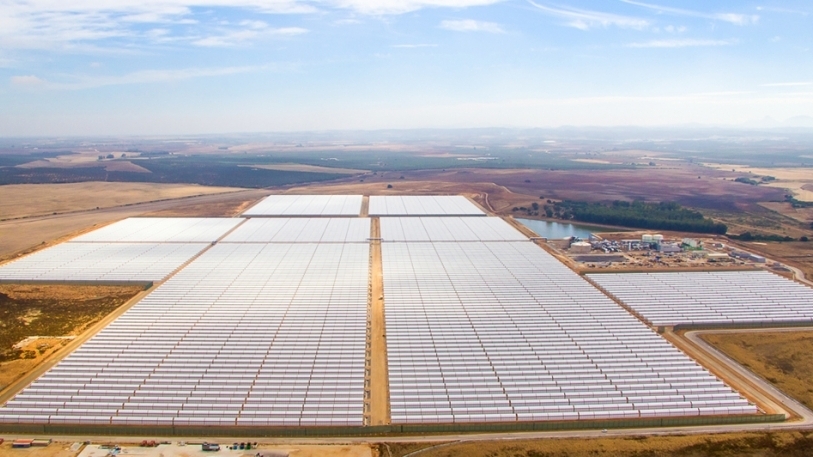
abrdn, Invesco and DeutscheBank drive fossil fuel bonds past $12bn
The five biggest fossil fuel bonds raised more than $12 billion this year, with investors like abrdn, BlackRock, Vanguard, Invesco and DeutscheBank singled out as the biggest bond holders.
The five biggest bonds were issued by BP ($2.25 bill), ConocoPhillips ($2.7 bill), Duke Energy ($2.150 bill), Eni ($2.12 bill) and Greensaif Pipelines Bidco - linked to Saudi Aramco ($3 bill), according to a new report shared with Net Zero Investor.
While banks rarely report on their involvement in issuing bonds, the research identified the banks behind the big five deals.
These include BNP Paribas’s involvement in the bonds issued by Greensaif Pipelines and BP; Citi’s involvement in the Greensaif Pipelines, Conoco Phillips and BP bonds; and JP Morgan’s involvement in Greensaif Pipelines, BP, Conoco Phillips and Duke Energy.
The Reclaim Finance report, which analysed the five biggest bonds issued by fossil fuel developers so far this year, highlighted the biggest bondholders in these deals, namely abrdn, BlackRock, Vanguard, Invesco and DeutscheBank.
A number of banks were singled out for their activities in issuing bonds, including BNP Paribas’s participation in the bonds issued by Greensaif Pipelines, which is linked to Saudi Aramco, as well as BP.
Also, Citi’s involvement in the Greensaif Pipelines, Conoco Phillips and BP bonds, and JP Morgan’s involvement in Greensaif Pipelines,
BP, Conoco Phillips and Duke Energy.
EXPLAINER

While 12 of the biggest banks have policies in place to no longer issue bonds for most coal developers, only two major European banks - La Banque Postale and Danske Bank - have adopted similar policies for oil and gas.
As banks increasingly restrict project level finance to fossil fuel development, Lara Cuvelier, sustainable investment campaigner at Reclaim Finance, concluded that "the bond market has become a safe haven for easy access to fossil fuel finance."
Cuvelier said: "Many of these deals have been immersed in some sort of controversy, including ConocoPhillips' crossing tar sands exclusion thresholds and Saudi Aramco via Greensaif and other companies tapping money meant for sustainable investments."
Due to the "opaque complex structures" used for some of these transactions, as she put it, there is a risk of greenwashing as some investors can end up including them in ESG funds, as happened with a GreenSaif bond, Cuvelier claimed.
"Part of the ENI bond included in the analysis was sold to investors as a 'sustainability-linked bond', despite ENI being one of the
biggest fossil fuel developers in Europe," she concluded.
Net Zero Investor's Annual Conference | 11th December 2023 | London




